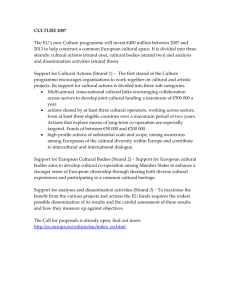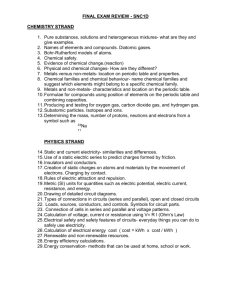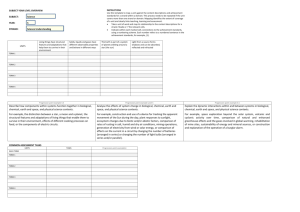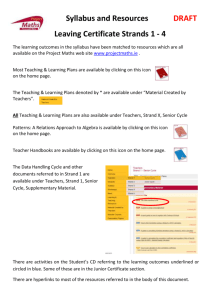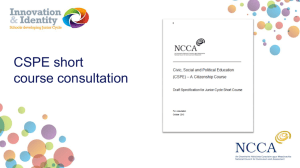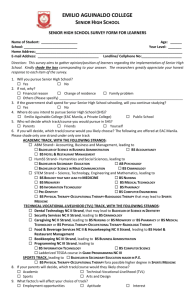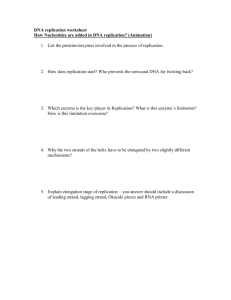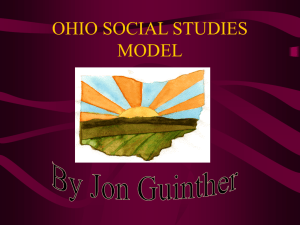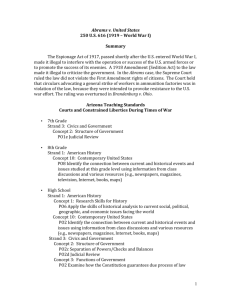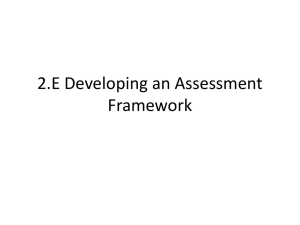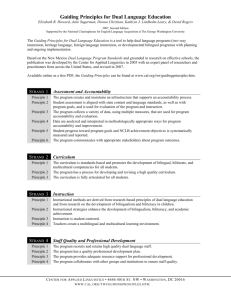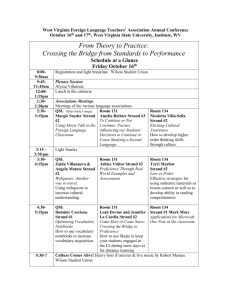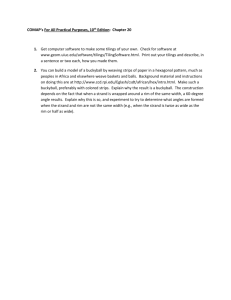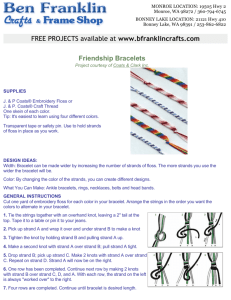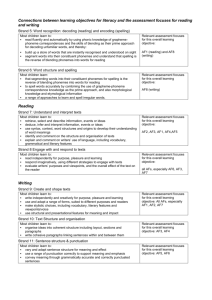Imagine you are a molecule of glucose inside a cell
advertisement
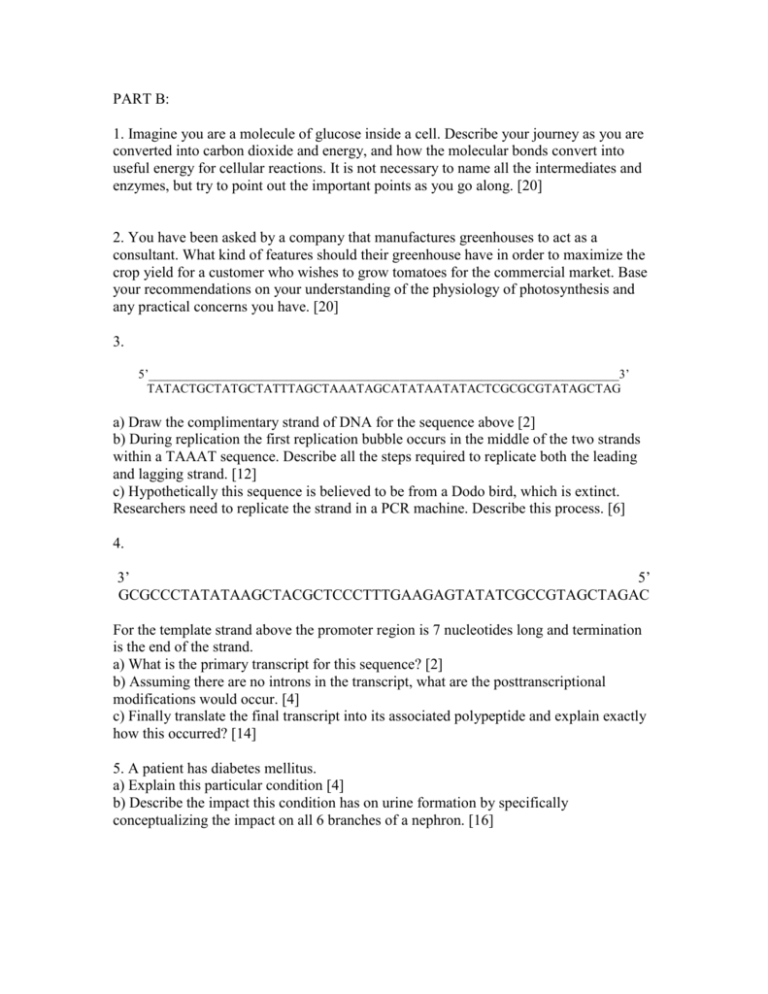
PART B: 1. Imagine you are a molecule of glucose inside a cell. Describe your journey as you are converted into carbon dioxide and energy, and how the molecular bonds convert into useful energy for cellular reactions. It is not necessary to name all the intermediates and enzymes, but try to point out the important points as you go along. [20] 2. You have been asked by a company that manufactures greenhouses to act as a consultant. What kind of features should their greenhouse have in order to maximize the crop yield for a customer who wishes to grow tomatoes for the commercial market. Base your recommendations on your understanding of the physiology of photosynthesis and any practical concerns you have. [20] 3. 5’___________________________________________________________________________3’ TATACTGCTATGCTATTTAGCTAAATAGCATATAATATACTCGCGCGTATAGCTAG a) Draw the complimentary strand of DNA for the sequence above [2] b) During replication the first replication bubble occurs in the middle of the two strands within a TAAAT sequence. Describe all the steps required to replicate both the leading and lagging strand. [12] c) Hypothetically this sequence is believed to be from a Dodo bird, which is extinct. Researchers need to replicate the strand in a PCR machine. Describe this process. [6] 4. 3’ 5’ GCGCCCTATATAAGCTACGCTCCCTTTGAAGAGTATATCGCCGTAGCTAGAC For the template strand above the promoter region is 7 nucleotides long and termination is the end of the strand. a) What is the primary transcript for this sequence? [2] b) Assuming there are no introns in the transcript, what are the posttranscriptional modifications would occur. [4] c) Finally translate the final transcript into its associated polypeptide and explain exactly how this occurred? [14] 5. A patient has diabetes mellitus. a) Explain this particular condition [4] b) Describe the impact this condition has on urine formation by specifically conceptualizing the impact on all 6 branches of a nephron. [16] 6. a) A male individual inhibits secondary sex characteristics by consuming high concentrations of estrogen. Explain the impact that this hormone has on this individuals endocrine system. [12] b) An individual falls into Lake Ontario during the month of February. Explain the negative feedback loop that will attempt to maintain homeostasis. [8] 7. a) Describe the fluid mosaic model of the cell. Emphasize the form and function of all associated macromolecules within this model. [12] b) Explain how the sodium/potassium pump works and how it regulates osmotic potential. [8] 8. a) Explain all the steps that occur for lactase to break down its substrate.[10] b) How does this enzyme lower the activation energy of this biochemical reaction? [4] c) Why are enzymes critical in biological systems? [4] d) How can you control catalyzation reactions in biological systems? [2] 9. a) Pyruvate is an interesting molecule because there are so many possibilities for what can happen to it. Describe what the various fates of pyruvate are, and under what circumstances these different pathways are used. b) This course has placed an emphasis on carbohydrates as an energy source, yet our diets also contain fats and proteins. Explain the role of fats and proteins in producing energy for an organism. 10. In the past 50 years world meat production has increased by 200 million tones annually. Similarly, grain production has risen by 1100 million tones annually. a) Explain three reasons why agriculture has increased the yield of these crops simultaneously. [6] b) Explain the consequences of grain production at this extreme. [6] c) Incorporating meat in ones diet is an easy way to acquire essential amino acids. The efficiency of energy distribution to this life style is often questioned. Compare and contrast omnivorous and vegetarian diets with respect to their overall trophic efficiency. [8] Part A: Multiple Choice Answer Sheet 1. A B C D E 2. A B C D E 3. A B C D E 4. A B C D E 5. A B C D E 6. A B C D E 7. A B C D E 8. A B C D E 9. A B C D E 10. A B C D E 11. A B C D E 12. A B C D E 13. A B C D E 14. A B C D E 15. A B C D E 16. A B C D E 17. A B C D E 18. A B C D E 19. A B C D E 20. A B C D E 21. A B C D E 22. A B C D E 23. A B C D E 24. A B C D E 25. A B C D E 26. A B C D E 27. A B C D E 28. A B C D E 29. A B C D E 30. A B C D E 31. A B C D E 32. A B C D E 33. A B C D E 34. A B C D E 35. A B C D E 36. A B C D E 37. A B C D E 38. A B C D E 39. A B C D E 40. A B C D E





